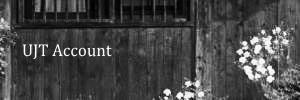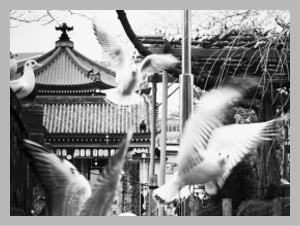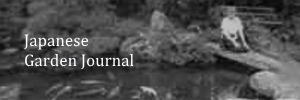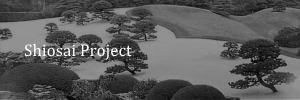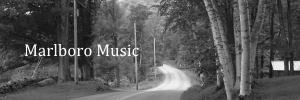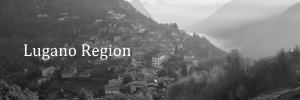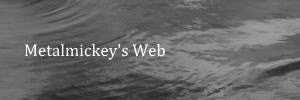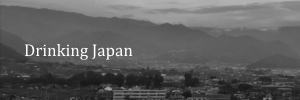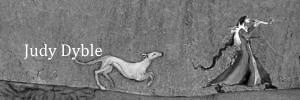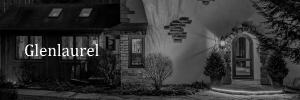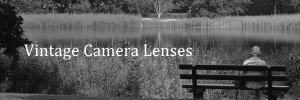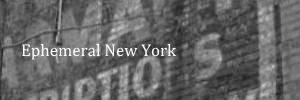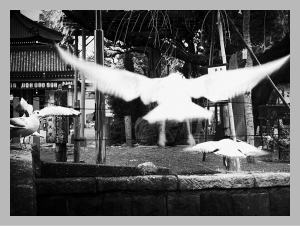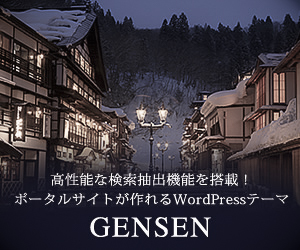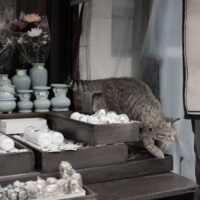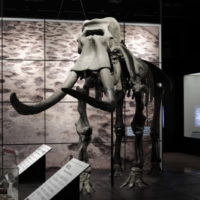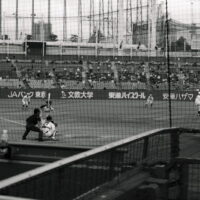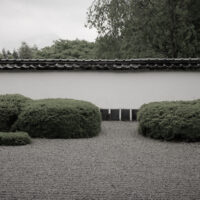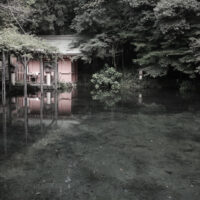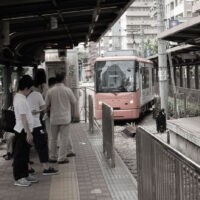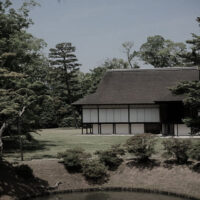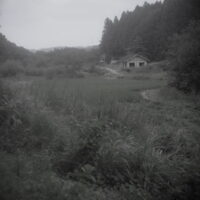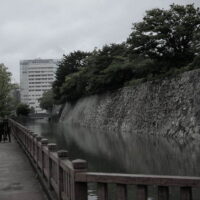Self-introduction
My name is Koji Ikuma. I am a government-licensed tour guide in Japan and the man behind Unfamiliar Japan Tours.com. Since around 2007, I have been working mainly as an English-speaking tour guide. I have taken international tourists not only to my native Shizuoka area but also to the various sightseeing spots all over the country. Those places include Tokyo, Kyoto, Mount Fuji, Hiroshima and Takayama, among others. I am still learning from each tour and enjoying meeting with tourists from other countries.
On this website, I plan to introduce fascinating places in Japan that are not familiar to international visitors. There are times when I need to speak about the usual, well-known spots. But I do that mostly for the sake of context. And my focus and interest almost always lie on sharing remote areas and less well-known things in the country. Also, to request a personal tour guide in Japan, please contact me through the contact form on the Rates/Contact page of this site.
Self-introduction in Japanese
井熊孝司(いくまこうじ):全国通訳案内士(英語通訳ガイド)/ 通訳案内士登録番号:静岡県EN00089 / 在住市町村:静岡県磐田市 /資格・特技:英検1級、フットマッサージ、将棋4級
【主な業務実績】
通訳ガイド:企業主催インセンティブツアー、個人旅行FITツアー、PTPアンバサダープログラム、他
通訳:技能五輪本部通訳、各種イベント通訳、会議商談通訳、工場見学通訳
翻訳:各種技術関連文書(品質、機器、作業要領等)、契約書、観光関連、将棋関連、ウエブサイト、メール、他
【意気込み】
2007年より静岡県の通訳案内士として海外からのお客様に東京・京都・高山・広島・富士山など日本の代表的観光地の数々をガイドしてきました。当サイトUnfamiliar Japan Tours.com (https://uj-tours.com)では、まだ国際的によく知られていない、日本の隠れた名所旧跡や知られざる側面に焦点を当て海外に紹介していきたいと思っています。外国人を対象とした英語通訳・通訳ガイドのご依頼・料金照会、あるいは英語翻訳の見積(契約書・ビジネス文書・ホームページ等)など、各種お問い合わせ、コメント等はRate&Contactページのコンタクトフォームよりご連絡お願いいたします。
Quotes
Alberta Album presents a photographic record of our province’s relics―some forgotten, some revitalized and all bursting with the stuff of history. To this modern record are tuned the voices of the past . . .
ーfrom Alberta Album: The Living Past, 1985.
How This Site Has Formed
Travelers to the East
This website derived its name from Lafcadio Hearn’s book, Glimpses of Unfamiliar Japan, which was published in 1894. So, some people might regard this site as a homage to Hearn and other people like him. Well, they might not be far off the mark . . . .
If you look back in history, you’ll learn that Lafcadio Hearn was one of a number of distinguished people who visited Japan from overseas during the period spanning from the late 19th- to the early 20th century. (This period included the stormy days at the end of the Edo Period, the Meiji Restoration in 1868, and the dark, anxious days at the eve of the Second World War.) They traveled throughout Japan, which was still in the process of stepping up the ladder of modernization, and recorded their unique impression of the country in their writings (or sometimes in photographs).
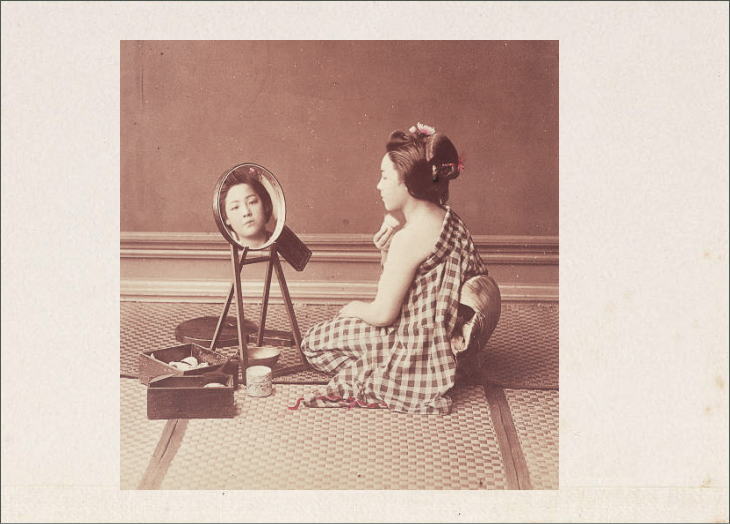
Other members of this group of travelers included: Isabella Bird, Sir Ernest Satow, The Reverend Walter Weston, Basil Hall Chamberlain, Percival Lowell, Sir Rutherford Alcock, Felice Beato, Dr. Edward S. Morse, and Bruno Taut . . . . Even Heinrich Schliemann managed to get to Japan in 1865 after visiting China and recorded the interesting account about the country’s customs and culture at that time.
They were all people who looked at Japan with the fresh eyes of international travelers. And they presented ways of thinking that hadn’t occurred to the native Japanese of that time. Even today, the names of some of them occasionally come up when people discuss topics like “what is Japanese identity?” or “where can the real beauty or values of Japan be found?”. However, it is not the purpose of this website to introduce or interpret their works, nor am I that familiar with them. Here I just want to borrow their eyes, like a vintage lens mounted on the latest camera.
Vintage Lens Photography
Since around the late 2000s in Japan, more people have started taking pictures with archaic manual focus lenses (from the days of camera film) mounted on their latest digital cameras. This trend was made possible mainly by technological advancement (in particular, by the arrival of the ‘mirrorless camera’). But we shouldn’t forget there was a group of connoisseurs who first experimented with this niche hobby and conveyed its pleasures to the general public through their works and writings. Among these people, Tetsu Sawamura, writer and photographer, is one of the most famous in this country. His seminal magazine, Old Lens Life, published annually, has been around for almost ten years since the first edition on May 30, 2011, introducing many Japanese to the world of vintage-lens photography in the process.
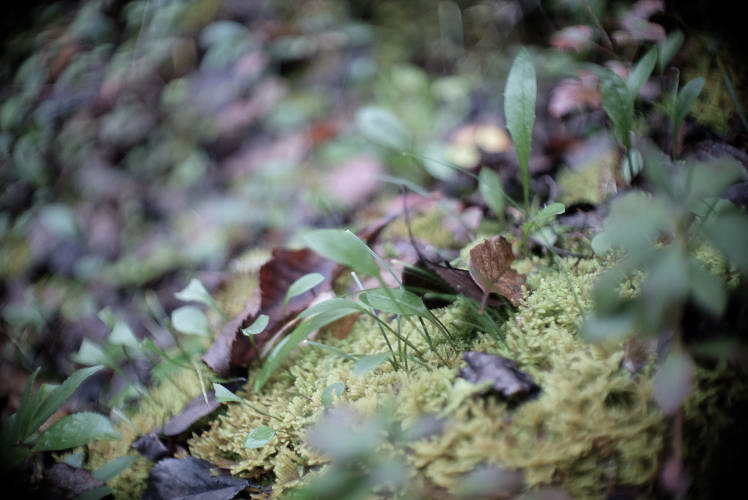
Generally speaking, the image qualities produced through vintage lenses are soft and muted compared to those of modern lenses. In fact, they tend to perform poorly when there is backlight. And their resulting images are sometimes accompanied with effects that many photographers normally wish to avoid, such as flaring, blurring, distortion, and vignetting. But the old-lens professionals I admire are the people who attempt to incorporate these ‘flaws’ of old lenses into their artistic expressions.
Looking at their works, which often have a lot of flare or ‘swirling backgrounds,’ sometimes it feels as if they are seeking to reveal hidden aspects―or explore different time and space―concealed behind the surface of ordinary places and events. That’s somewhat similar in nature to what I am aiming to do with this website. And in this sense, maybe it can be said that these old-lens wizards are the forerunners, role models, and venerable ancestors of Unfamiliar Japan Tours .com.
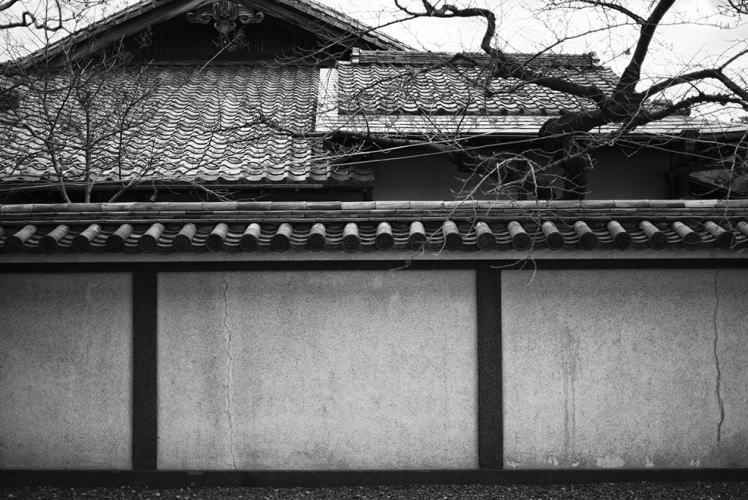
Alberta Album
One autumn day in 2020, I stumbled upon a book called Alberta Album and have been impressed by it ever since. Published in 1985 by Lone Pine Publishing in Canada, this photo book chronicles the history of Alberta, a western province of Canada, from its early exploration days of the 19th century to the present urban development of Edmonton and Calgary. What impressed me most was the beauty of the photographs as well as the pieces of writing in it.
The photographs in the book were obviously taken in the 1980s using the best cameras and lenses of the day. Yet it seems as if they are speaking from the far distant past. Today, if people wanted to produce a similar effect through photographs, many of them would choose to use a digital device to overlap a sepia or yellowish filter on the photographs, or simply present them in black and white. But the photographers in Alberta Album do not rely on these artificial effects but simply utilize their skills and present the pictures in vivid colors to conjure up the rich history of Alberta, which I thought is an amazing thing.
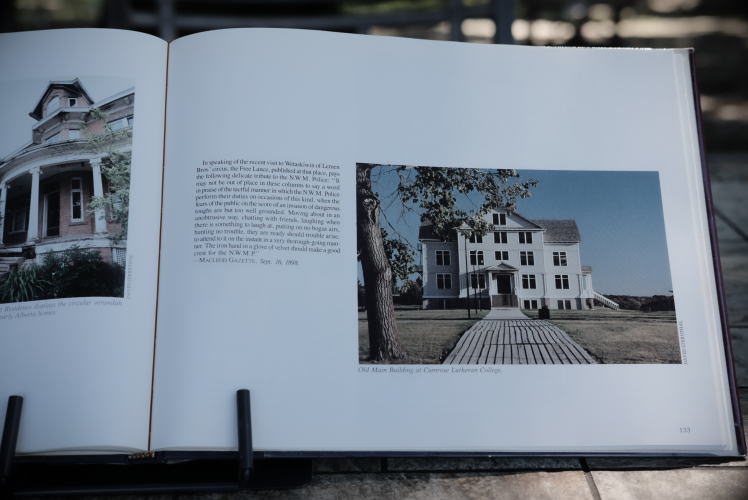
And the voices of the past are tuned to these modern photographs―the voices of the explorers, traders, immigrants, homesteaders, Indians, pioneers, roughnecks, refugees and dreamers, who arrived in Alberta in search of something and created something new. I thought Alberta Album is a great book. It is unfortunate that it is no longer in print.
Staying Up-to-date
I take care to ensure that each and every piece of information on this website is current and correct. But please bear in mind that in Japan, nothing stays the same. A museum can change its admission fees or business hours. A local railway line can change its name or go out of business. Or a facility in a remote place can stop its operation or be bought out by the municipality in order to serve its village-redevelopment project.
Every time I become aware of such changes, I will immediately reflect them in the ‘Update‘ section at the bottom of the relevant page. However, many of the places I introduce here are small and less well-known. So, sometimes it takes a considerable amount of time for information about any changes to reach my ears. That is why I hope you will be careful and keep yourself up-to-date about the place you plan to visit. And in this regard, I welcome any inquiry or correction from you through the Rate/Contact page of this site.
Conclusion
To sum it up, this site is an attempt to unearth something hidden, something subtle, or perhaps something “Japanese”, in the seemingly forsaken and forgotten places and things of Japan, keeping in mind that this was launched by a Japanese tour guide inspired by a bunch of venerable non-Japanese who lived in a distant era. Also, I should not forget to pay my respects to the people at the vanguard of vintage-lens photography as well as the Alberta Album publishing team in 1985.
And here I would like to add to this list of distinguished people another group: the international visitors or residents of Japan who made their marks during the period from the post-war era to the present day ― Professor Donald Keene, Mr. Alex Kerr, Professor H. Byron Earhart (author of Mount Fuji: Icon of Japan), Professor William F. O’Connor (one of the authors of Drinking Japan: It’s Not Just Sake), Mr. Tom Wright (author of Zen Gardens), Lady Geeta Mehta (one of the authors of Japan Style), Professor Philip Seaton, and Mr. David Young (The Art of Japanese Architecture) are just a few of the many names from this group. As with their Meiji to early-Showa Era counterparts I mentioned in the above paragraph, the cultural impact they had on Japan has been enormous, and I know there are still a great many things to learn from their works.
I will gradually increase the number of posts here, although I fully understand this task is a time-consuming one which is impossible to complete in only seven years . . . .
Photo Credits and Description
Top Photo: Felice Beato is a renowned British photographer born on Corfu in the Ionian Sea. He came to Japan around 1863. It was five years before the end of the Edo Period and the start of the Meiji Restoration. So, though the precise year this photo was taken is unknown, it could have been taken in the Edo Period. However, it’s more likely that it was taken in the early Meiji Era. It is because a researcher has pointed out that the stitching at the sleeve of the woman’s kimono shows a style that was in vogue during that particular period.
Second photo: “Tandem” by Tetsu Sawamura, courtesy of the photographer.
Third photo: Late November in the Hamakita Forest Park, taken by Koji Ikuma.
Fourth photo: “The divine vessel #12” by Tetsu Sawamura, courtesy of the photographer.
Fifth Photo: Taken at Garden Cafe HACK BERRY in Hamamatsu by Koji Ikuma.
~Koji Ikuma,
Originally written in June 2016 and updated in August 2024.
Reference Links (New Window)


YouTube (New Window)
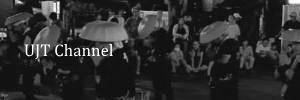
Instagram (New Window)
